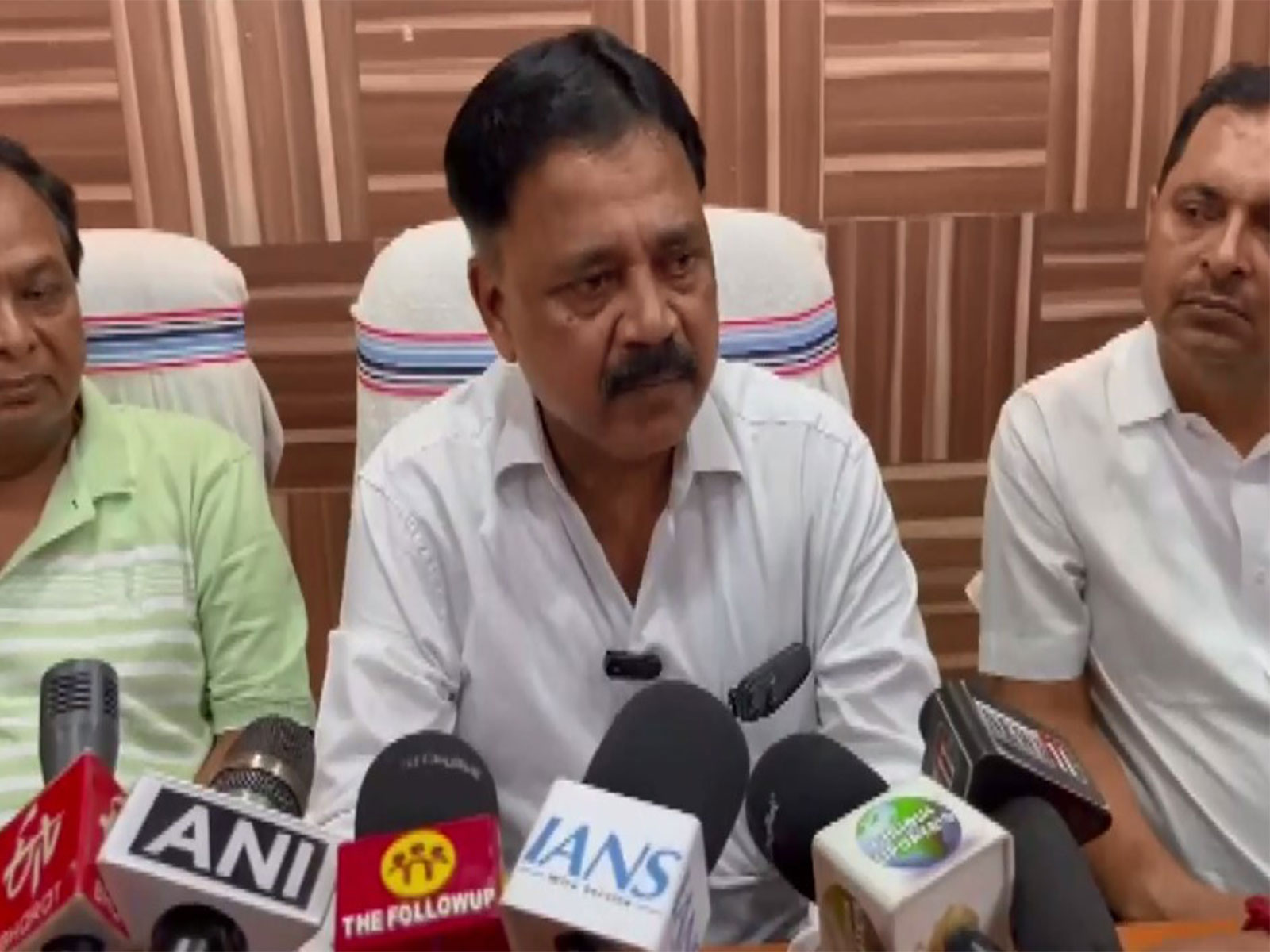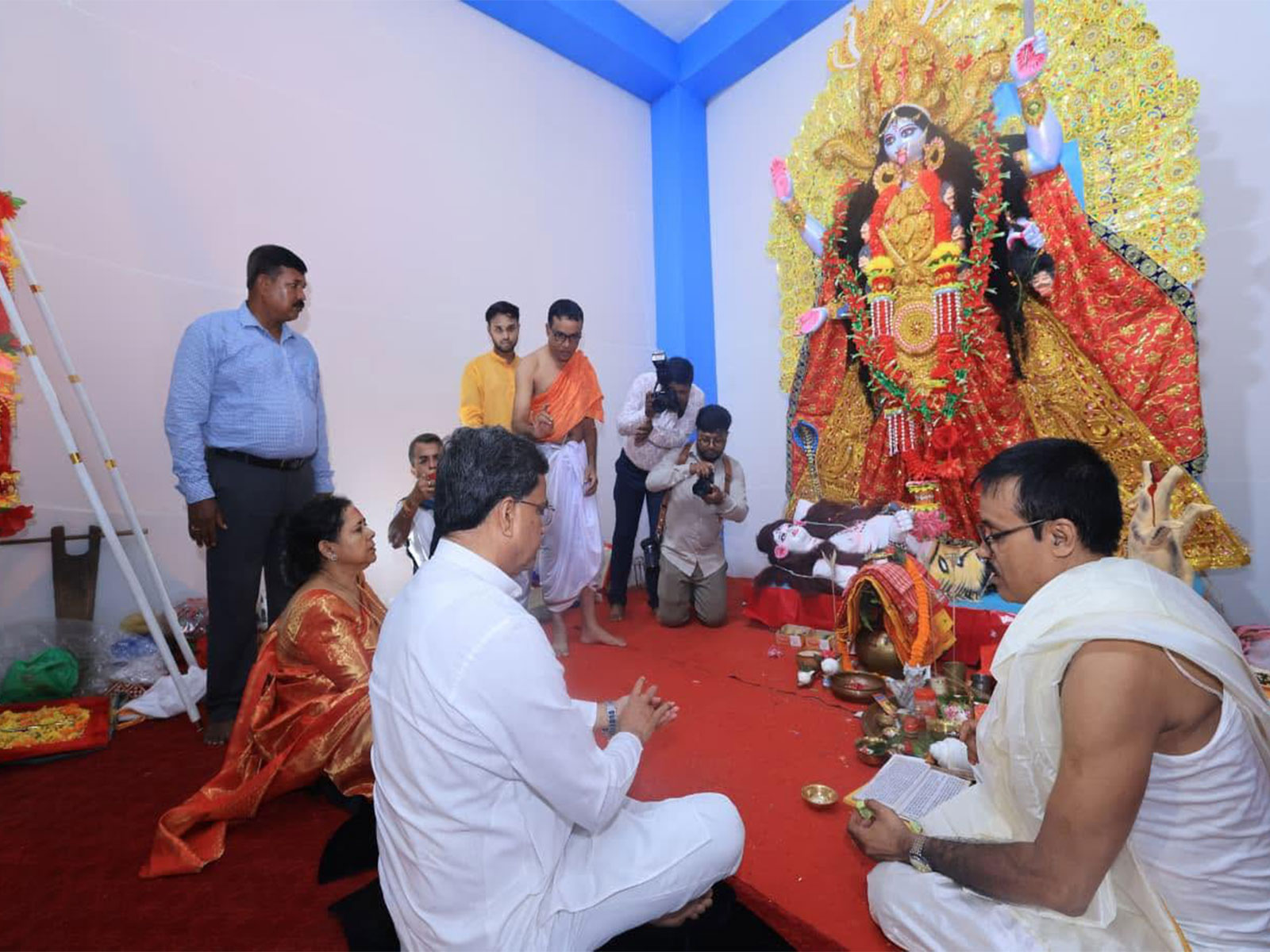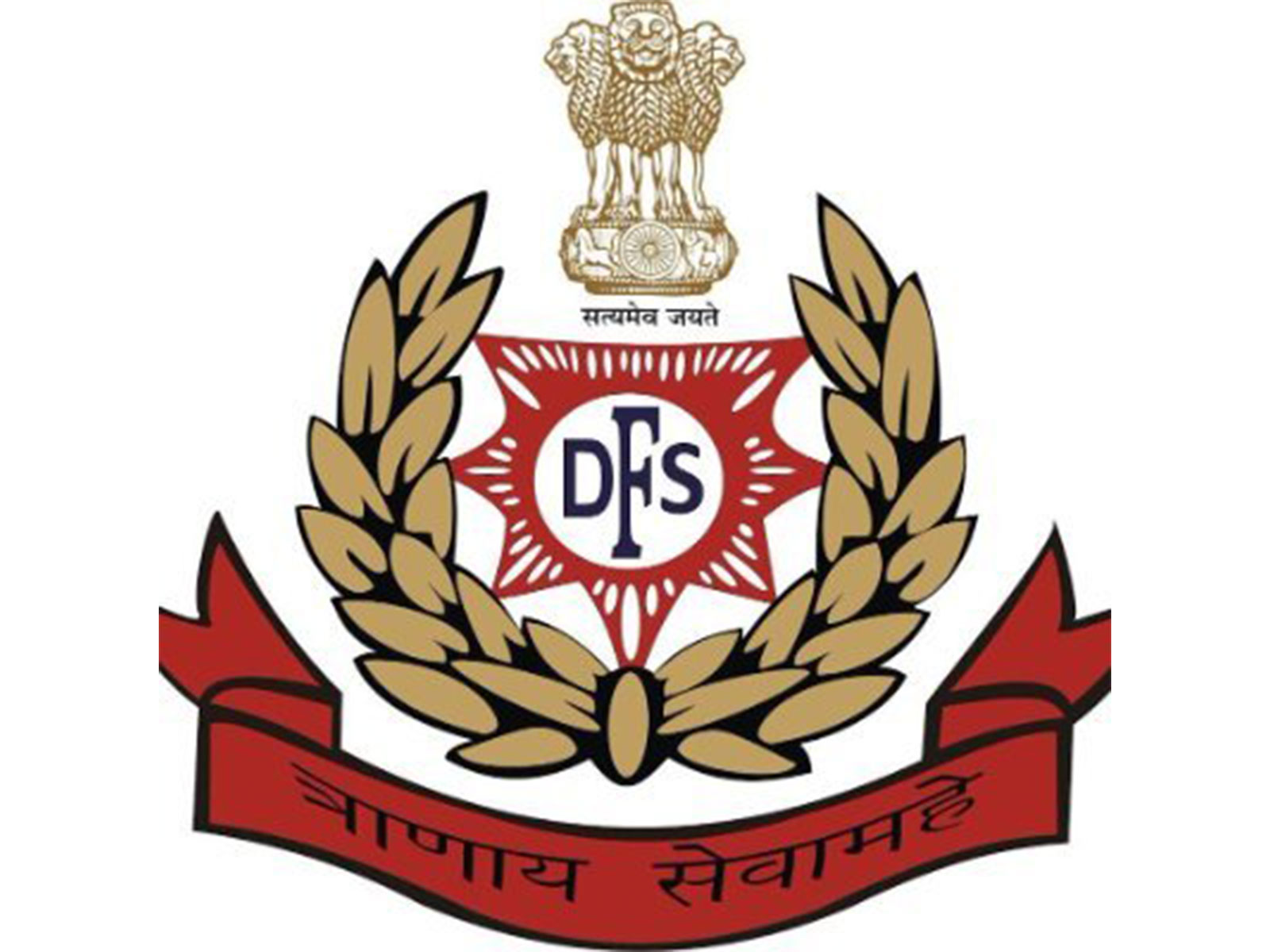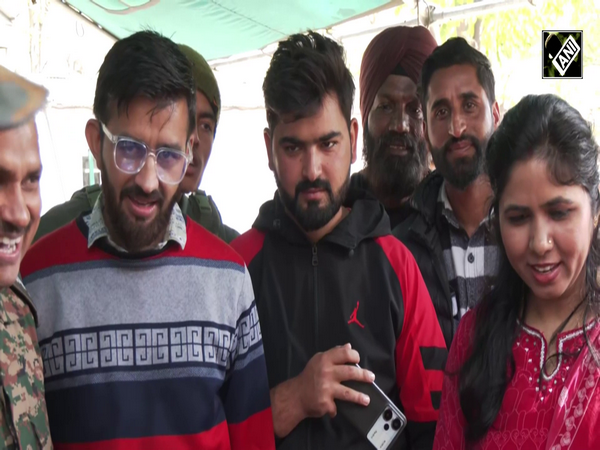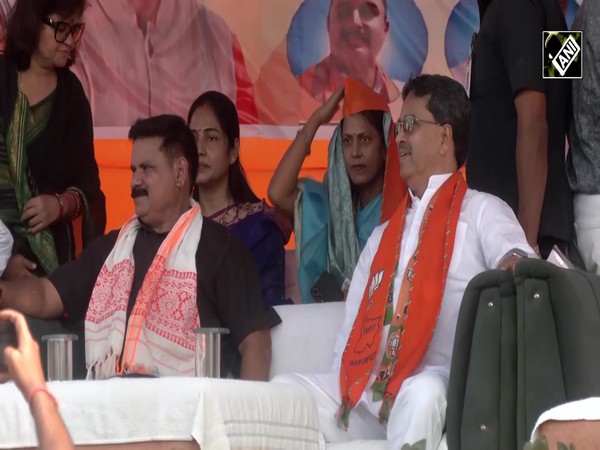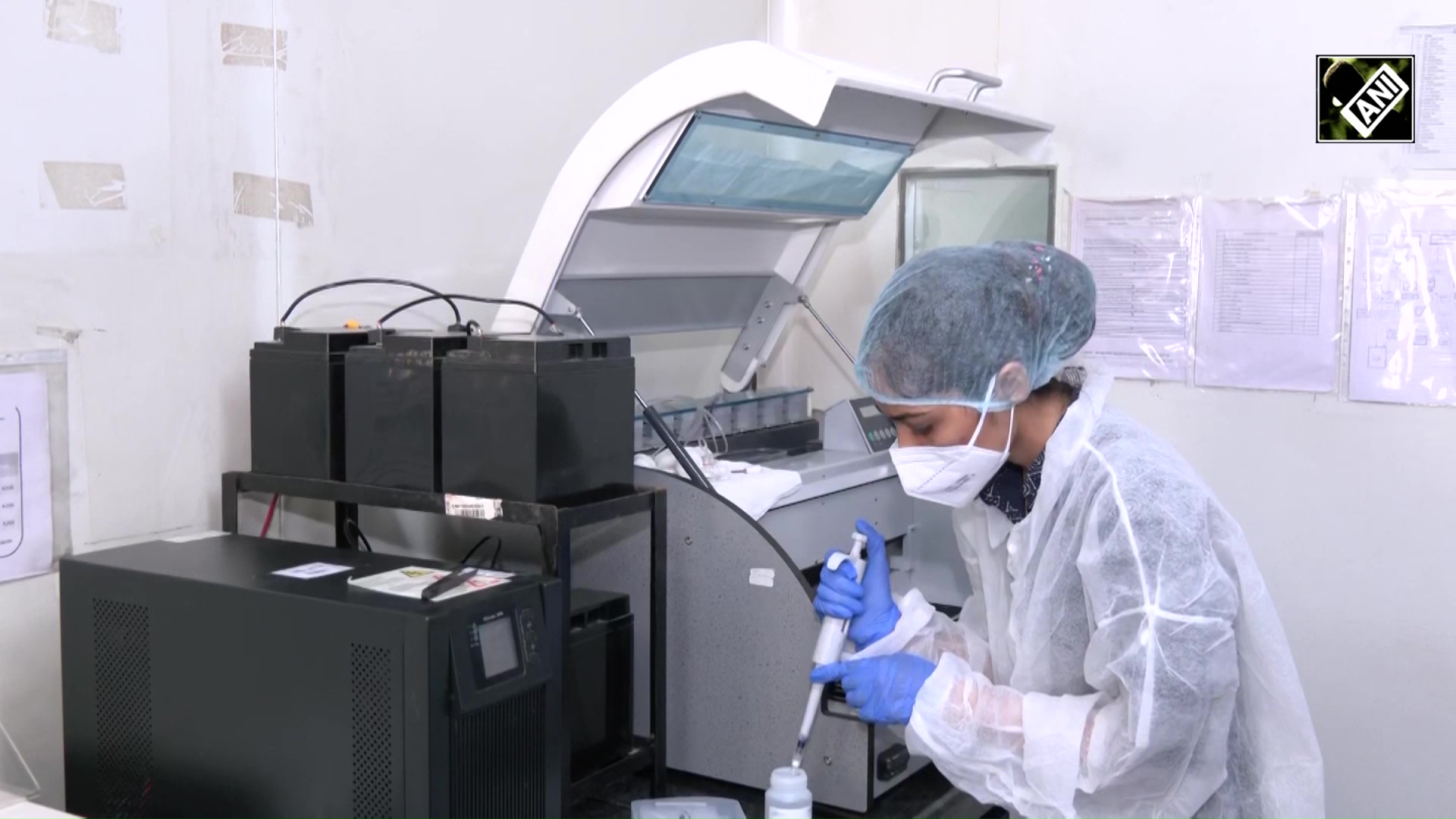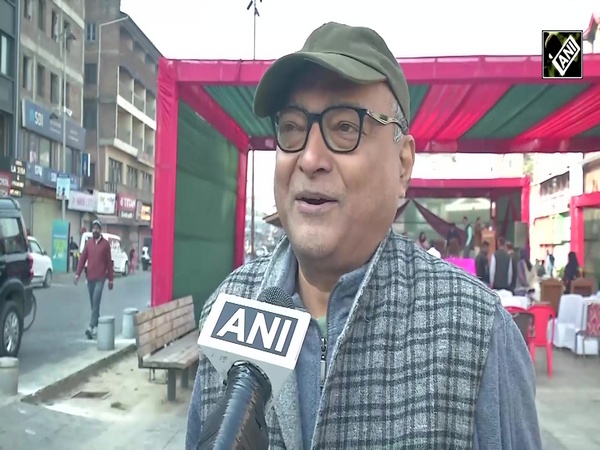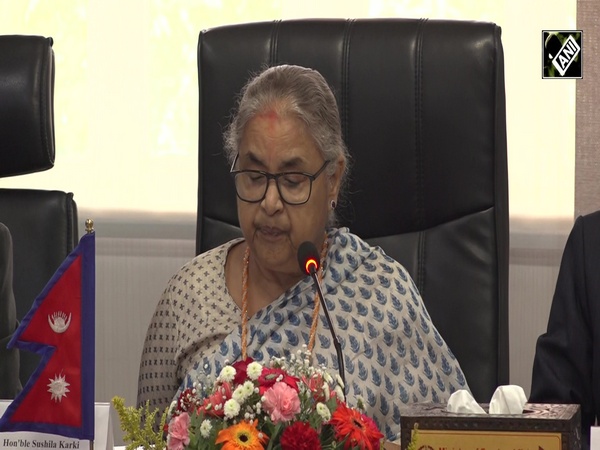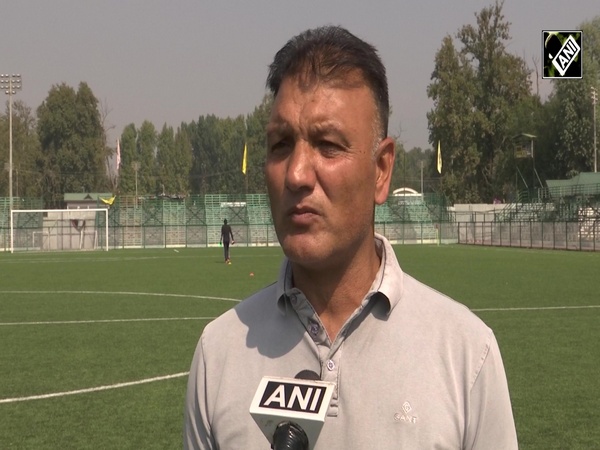Bhoto Jatra: A festival that celebrates Nepal's tale of jewel studded vest
Jun 04, 2022

Lalitpur [Nepal], June 4 : The longest-running festival of Rato Macchindranath that ends with the celebration of Bhoto Jatra is observed for at least a month to 4 months depending vaguely on the astronomy in Nepal.
However, this year, no one claimed the ownership of a jewel-studded vest or "Bhoto" which is shown on the final day of Rato Macchindranath Jatra for centuries with the search for the actual owner continuing to date.
The festival continues to be observed in the ancient city following mythology, according to which Charkat Naag, King of Naag as his wife's eyes were suffering from an unknown ailment for which no cure was to be found.
In order to save his wife, the king took a 'Jyapu' (Native residents of Kathmandu valley) who was working in the field for treatment. The Jyapu was not sure what he is going to do, so he rubbed his armpit and put it into the Queen's eye and it magically cured the problem, owing to which the King asked the farmer for a wish and the farmer in return demanded a 'Bhoto'.
However, while working in the field, the studded vest was stolen by a "Khyak' (Ghost in Newari). The farmer then came to the Jatra hoping whosoever had stolen the vest would come wearing it and eventually found the ghost.
According to the tale, the farmer upon seeing the ghost walking amid the crowd with the vest caught him and claimed an item that was stolen from the field. In counter-argument, the ghost asked to furnish evidence to claim the jewel-studded vest which led to a massive fight between the two.
Both the parties remained adamant on their claims, while the issue reached the King police. The king upon hearing statements made by both the parties decided to keep the vest with God (Rato Macchindranath) and decided to display it to the public three times from the chariot. The religious act was intended to call for the claimants for the vest in presence of the head of the state which would be held annually.
In case no one comes forward and claims the vest, it would remain in the possession of Lord Rato Macchindranath. The practice has continued for ages as no one claimed the vest and came forward.
Earlier in the period, the farmer was willing to let Lord Rato Macchindranath keep the vest as well as the ghost who stole it from the field of a farmer," Madan Shakya, one of the members of Bhoto Jatra Organizing Committee told while speaking to ANI.
The Bhoto is displayed annually at Jawalakhel in Lalitpur. The jewel-studded vest is packed and kept inside the cloth pouch for a year and opened only in the presence of the State head on the particular day fixed by the priests when the Rato Machhindranath Jatra commences.
Furthermore, there also exists another myth about the commencement of the festival in Nepal's oldest cities. According to the Hindu culture, there is a myth that yogi Gorakhnath (Founder of Nath Hindu) came to seek alms in Patan. The people of that region did not provide him with any alms which is why he became furious and captured all the rain-causing serpents, sat above them and meditated, leading to no rain in Patan for ages.
To solve problems, astrologers and Pandits advised the king to invite Machhedranath. Machhedranath is believed to be a teacher of yogi Gorakhnath; knowing that his teacher was in town, he went to meet him freeing all the serpents which resulted in plenty of rainfall. So, this festival is also claimed as the symbol of rain and fertility. This festival is celebrated by pulling the wooden wheeled chariot along the various part of the city. A 60-feet tall spire fabricated from bamboo poles raised from all four ends is carried by the chariot.
The show-casing of the Bhoto was attended by President Bidhya Devi Bhandari along with other dignitaries also in presence of the living Goddess "Kumari" of Patan.
Adoring, Rato Macchendranath for his feast, locals of Patan started a chariot procession in the city in 897 AD which is held annually and taken around the city reminding people about his deeds.
Chariot procession of Rato Macchendranath earlier was stalled due to the earthquake of 2015 for nearly half a year and the Covid pandemic this year.




